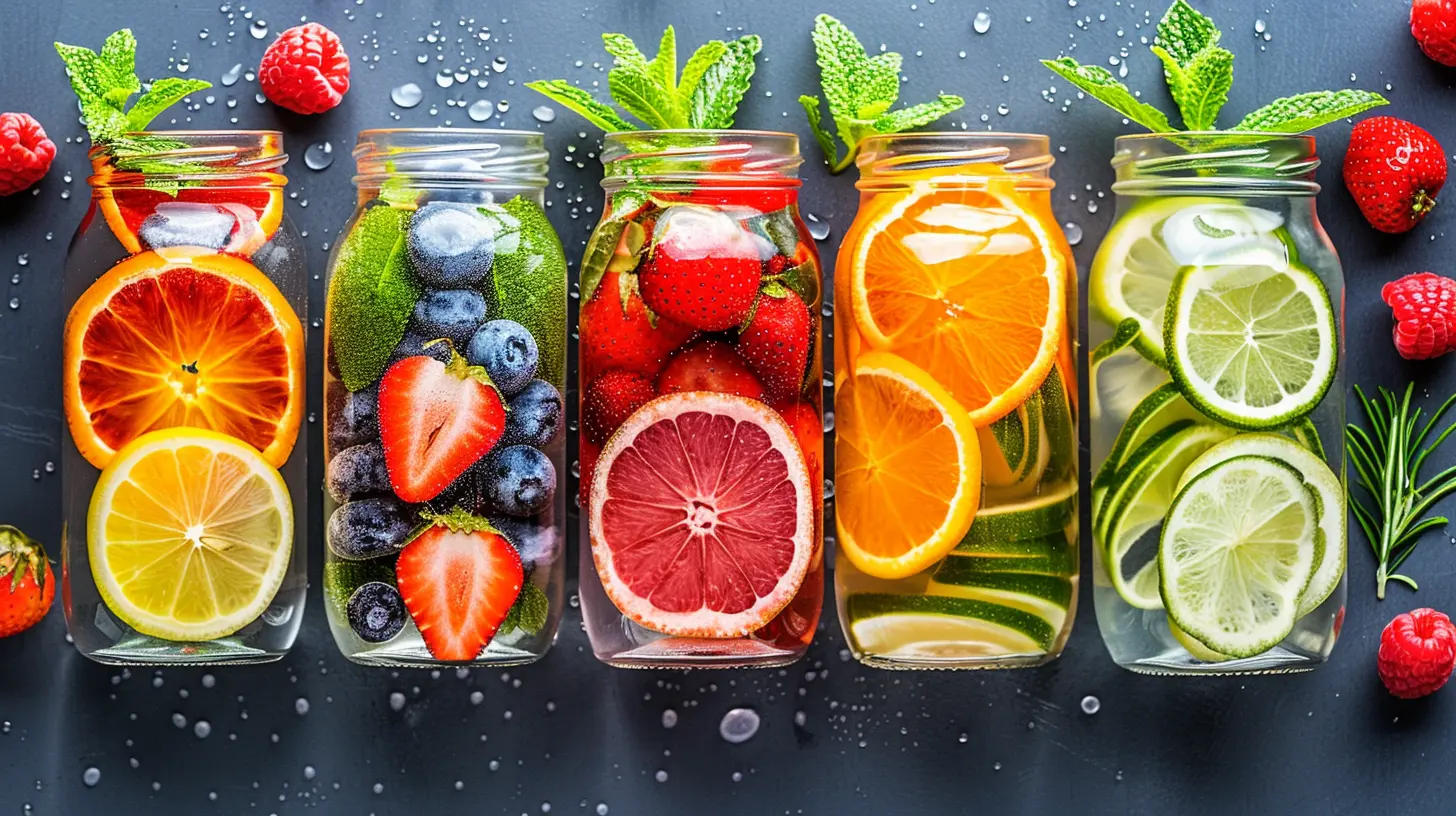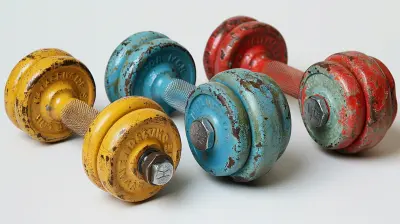Staying Hydrated in Cold Climates: What You Need to Know
19 July 2025
When you think of dehydration, you probably picture sweat-drenched athletes, sun-scorched hikers, or a day at the beach under blazing sun. But here’s the kicker—dehydration is just as likely (if not more) in cold climates. Yep, you read that right. Even when it's freezing, your body still needs water to function, and you're probably not drinking enough.
Let’s break it all down and talk about why staying hydrated in cold environments matters just as much, if not more, than during the summer heatwaves.
Why Hydration in Cold Climates Is a Big Deal
You might not feel thirsty when it's cold, but your body’s still losing water. The dry air, increased respiratory water loss, and layers of clothing all create the perfect storm for dehydration. And because you're not sweating buckets, you might not even notice.Cold-Induced Diuresis: The Sneaky Culprit
Ever notice you need to pee more when you're cold? That's called cold-induced diuresis. When your body senses the cold, it constricts blood vessels to preserve heat. That causes your blood pressure to rise, and in turn, your kidneys kick into gear to filter out the excess fluid—hello, bathroom breaks. This fluid loss adds up faster than you’d think.Dry Winter Air Works Against You
Cold air holds less moisture, which means every breath you take sucks water vapor out of your body. Add in indoor heating systems that dry out the air even more, and suddenly your lungs are squeezing the last drop of moisture out of every inhale. Unlike summer where sweat reminds you to hydrate, winter dehydration is like a ninja—silent but very real.
Signs You're Dehydrated (Even If You're Cold)
You can’t always rely on thirst. In colder climates, your thirst response is delayed by up to 40%. So, how do you know if you're running low on fluids?Watch out for:
- Dry skin or chapped lips
- Dark urine (think apple juice vs. pale lemonade)
- Fatigue or sluggishness
- Light-headedness
- Headaches
- Decreased performance (especially in cold-weather activities like skiing or hiking)
If one or more of these sounds familiar, your body might be waving a white flag.
Why Athletes and Outdoor Adventurers Should Care Even More
If you're hitting the slopes, trekking through snow, or even taking a long winter hike, you're burning through energy—and water—at warp speed. Heavy gear, high-altitude conditions, and the cold itself all put extra pressure on your body. Dehydration doesn’t just drain energy; it impacts coordination, endurance, and mental clarity. That's a big deal when you're navigating icy trails or trying to avoid face-planting into the snow.
How Much Water Do You Actually Need?
There’s no one-size-fits-all answer, but a good rule of thumb? Aim for about half your body weight in ounces each day. So, if you weigh 160 pounds, shoot for around 80 ounces (about 10 cups) of water. If you're active in the cold, you may need even more.And don’t forget—you’re still losing fluids through sweat, breath, and bathroom trips, even if you don’t feel like you are.
Tips to Stay Hydrated in Cold Weather
Alright, let’s get practical. How do you stay on top of your water game when ice is sticking to your eyelashes?1. Sip, Don’t Chug
Don't wait until you’re parched. Carry a water bottle with you and take small sips throughout the day. Think of it like charging your phone—you want to keep your hydration battery above 30%, not wait until it’s at 1%.2. Go Beyond Plain Water
Water is great, but it’s not the only player on the field. Warm drinks like herbal teas, broths, and even hot lemon water count too. Just watch the caffeine—too much can be dehydrating.Electrolyte-enhanced beverages can also help, especially after a long hike or ski session. They replace the sodium, potassium, and magnesium you’ve lost, balancing your fluids more efficiently.
3. Eat Your Fluids
Yep, that’s right. Foods like soups, stews, fruits, and vegetables also boost hydration. Think oranges, cucumbers, celery, and watermelon (yes, even in winter). Bonus: These foods add vitamins and fiber to your diet, giving you a double win.4. Limit Alcohol and Caffeine
A hot toddy might sound appealing after a day outdoors, but alcohol is a diuretic, meaning it makes you lose more fluids. Caffeine can do the same in high doses. Instead, alternate with water or non-caffeinated beverages to keep things in balance.5. Dress in Breathable, Moisture-Wicking Layers
Sweating under layers? That sweat is fluid loss. Wearing the right fabrics—think wool or moisture-wicking synthetics—helps regulate body temperature and reduce unnecessary sweat loss. It also keeps you from getting soaked and chilled, which can spiral into other health issues.Hydration Challenges Unique to Cold Climates
1. Water Freezing in the Bottle
Ever tried taking a swig of water from your bottle only to find it frozen solid? Yeah, not fun. Use insulated bottles or thermoses, and keep them close to your body (in your backpack or jacket) so your body heat slows down the freezing process.You can also start with warm water—it’ll take longer to freeze and is cozier to drink in the cold.
2. Not Feeling Thirsty
As mentioned earlier, your “thirst signal” basically goes into hibernation in cold weather. That's why scheduling hydration breaks can help. Set a reminder on your phone or watch to sip water every 30–60 minutes, even if you don’t feel thirsty.3. Accessibility While on the Move
If you’re skiing, hiking, or climbing, constantly stopping to pull out a water bottle can be a pain. Consider using hydration packs with insulated tubes or flasks with easy access. No excuse not to sip on the go!Special Considerations: Children, Elderly, and Illness
Kids
Children lose water faster, especially when playing vigorously outdoors. They may also be less aware of thirst and more prone to dehydration. Keep snacks and drinks handy, and encourage regular hydration breaks during play.Seniors
Older adults tend to have a reduced sense of thirst and slower metabolic rates. Their medication may also affect hydration. If you're a caregiver or have older family members, ensure they’re sipping fluids regularly and eating hydrating meals.Illnesses
Cold and flu season can severely dehydrate you. Fever? Vomiting? Congestion? All contribute to fluid loss. Hydration becomes critical during and after illness—warm broths, electrolyte solutions, and teas can make recovery smoother.Myth-Busting: Cold Weather Hydration Edition
Let’s clear up some common misconceptions.“I don’t sweat, so I’m not losing water.”
False. You still lose water through respiration and urination, even if sweat isn’t visible. Plus, heavy clothing often masks sweat loss altogether.“Hot drinks don’t hydrate you like cold ones.”
Wrong. Warm beverages hydrate you just the same and may even be more appealing in cold weather, encouraging you to drink more.“Only athletes need to worry about winter hydration.”
Nope. Hydration matters for everyone—whether you're doing winter sports or just walking to work.Final Thoughts
Staying hydrated in cold climates isn’t just for elite athletes or hardcore adventurers—it’s essential for anyone spending time in frosty weather. The cold plays tricks on your body by blunting thirst cues and speeding up fluid loss in subtle ways, leaving you one cup short of a full tank.So, grab that thermos, snack on some juicy fruits, and make hydration part of your daily chilly-weather routine. Your energy, focus, skin, and immune system will thank you.
Stay warm, stay hydrated, and next time someone says you can’t get dehydrated in winter—go ahead and educate them.
all images in this post were generated using AI tools
Category:
HydrationAuthor:

Laura Hudson
Discussion
rate this article
1 comments
Taryn Ward
Thank you for this informative article! It's easy to overlook hydration in cold weather. Your tips on recognizing hydration needs and choosing suitable beverages are particularly helpful. I’m looking forward to incorporating these suggestions into my winter routine!
August 9, 2025 at 5:04 AM

Laura Hudson
Thank you for your kind words! I’m glad you found the tips helpful—staying hydrated in cold weather is crucial. Enjoy your winter routine!


